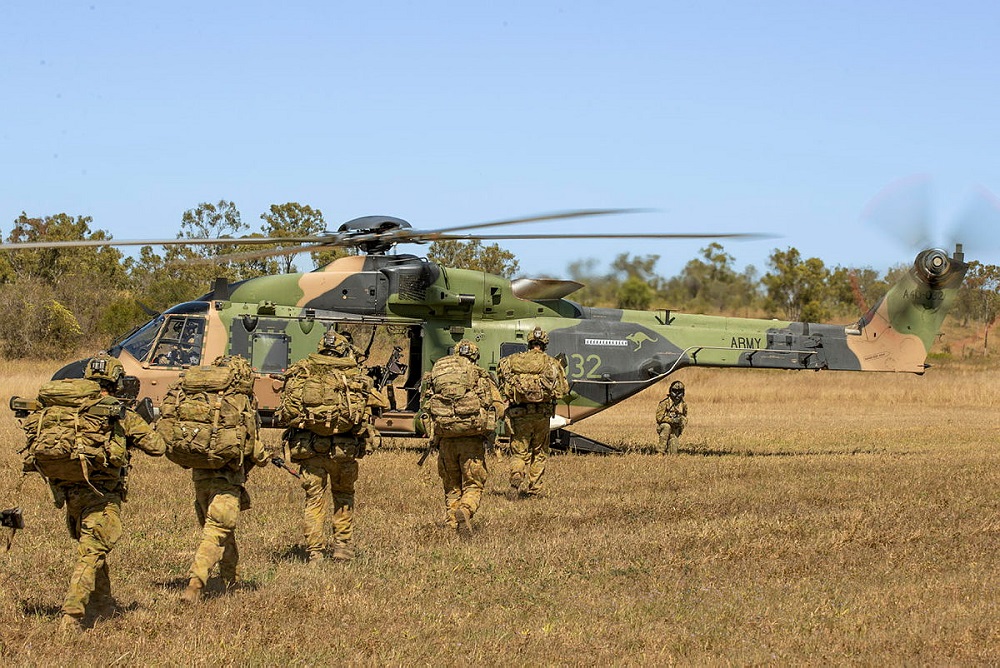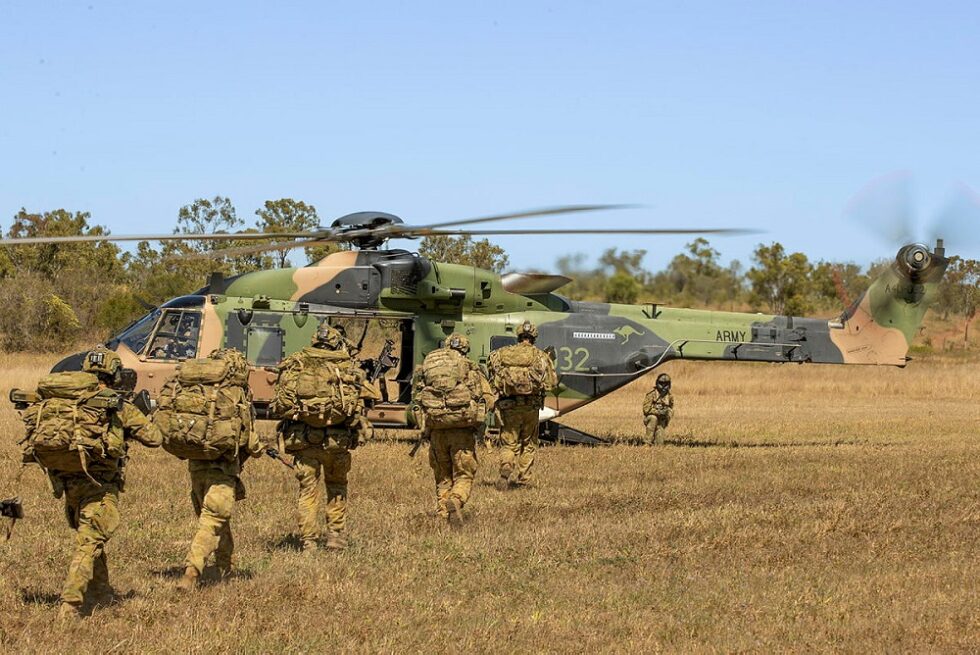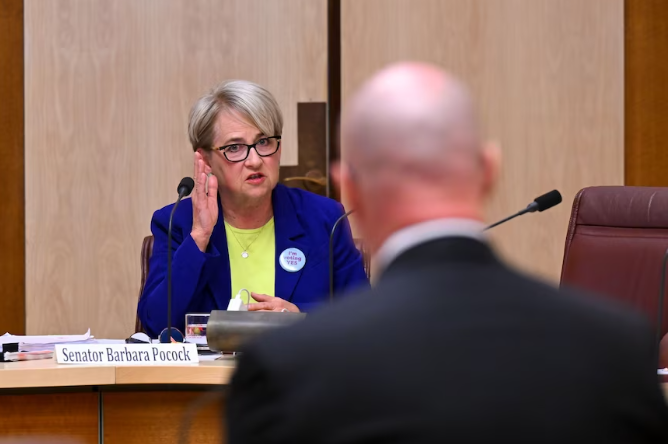
The defence strategic review identified Australia’s north as key terrain for deterring adversaries and working with regional partners. Yet while the review seeks new directions, its references to northern Australia revisit historical concerns about the region’s vulnerabilities and opportunities.
The review’s rhetoric has an echo of Australian defence planning in the 1960s—when threats to the north prompted federal politicians to overrule military advice and build a base in Townsville. At the time, the decision reflected the tension between defence planning and civilian development goals for the north. Now, with a ‘refresh’ of the government’s 2015 white paper on northern development underway, the history of these connections should inform the policy debate. While Defence can’t afford distractions, to achieve its goals it must take opportunities to expose its workforce to critical places, invest in dual-purpose infrastructure and leverage the benefits of regional knowledge.
In 1966, Prime Minister Harold Holt declared the opening of Townsville’s Lavarack Barracks a victory for northern development. Conservative federal governments had long been accused of neglecting the north, and Holt didn’t miss the opportunity to use the base to showcase his coalition’s commitment. While development politics were influential, they weren’t necessarily decisive. The sudden decision to build in Townsville also reflected fears about the spread of communism, war in Southeast Asia and the inadequacies of Australian forces. Nevertheless, the decision was a pivotal moment in a long history of complex concerns about the continent’s north.
With most Australians huddled in the southeast, the continent’s vast and ‘empty’ north has often provoked fear of invasion from Asia. These fears were exacerbated by the bombing of Darwin, Broome, Townsville and other northern sites during World War II. After the war, federal reconstruction initiatives prompted major economic and social reforms, but many people in northern communities still felt isolated from the emerging prosperity in southern Australia.
It was in this context that local council leaders across northern Queensland demanded that the federal government emphasise the defence of northern Australia. Their demands reflected dual concerns about the region’s vulnerability to foreign aggression and about failing to develop its untapped potential. Some felt that the north was ‘going to waste’, a notion that continues to influence the political debate.
In the 1950s, many regional and national organisations agreed that the ‘empty’ north represented a national weakness. The problem was often exaggerated, but memories of imperial Japan’s bombings were fresh and many Australians held genuine concerns about the lack of defence installations protecting the north. Still, the defence force chiefs largely maintained their view that northern development was an economic and social problem. The Commonwealth resisted calls to link defence budgets to northern development and downplayed the threat of invasion.
By 1963, however, increasing political tensions and festering conflict in Southeast Asia had convinced the government to order an urgent review of defence capability. The review stressed the inadequate size and firepower of Australian forces and recommended that Defence raise a third regular army battle group and build a new base in Victoria. Townsville wasn’t part of the new plans.
The government delayed its response to the review and in 1964 ordered the defence chiefs to review their previous recommendations. The chair of the Chiefs of Staff Committee, Frederick Scherger, argued that the new base should be built in Western Australia, but the cabinet overruled that advice and chose Townsville—a decision so sudden that it came before the army had conducted a detailed reconnaissance of potential base sites or negotiated with local and state governments.
The cabinet’s decision was shaped by the deteriorating security situation in Southeast Asia, reinvigorated national political interest in the north’s economic potential, and decades of lobbying for northern development by local and regional voices.
Since then, Townsville has become a vital part of national defence infrastructure and the home of the Australian Army’s 3rd Brigade. North Queensland’s rainforest and medium-density wooded environments have provided a dynamic arena for training. Later initiatives, such as the Regional Force Surveillance Group, have further entrenched north Queensland as a hub for Australian deterrence and force projection into Southeast Asia and the Pacific.
Although it wasn’t always supported by Defence, the establishment of Lavarack Barracks cemented Townsville as a ‘garrison city’ that has prompted greater appreciation of the challenges and opportunities offered by northern Australia. The civilian population growth and economic development that followed Defence’s permanent push north make it one of the most significant contributors to Australia’s northern development. With that in mind, politicians and public servants should explore new ways to develop the north and defend the nation.(Patrick White)



